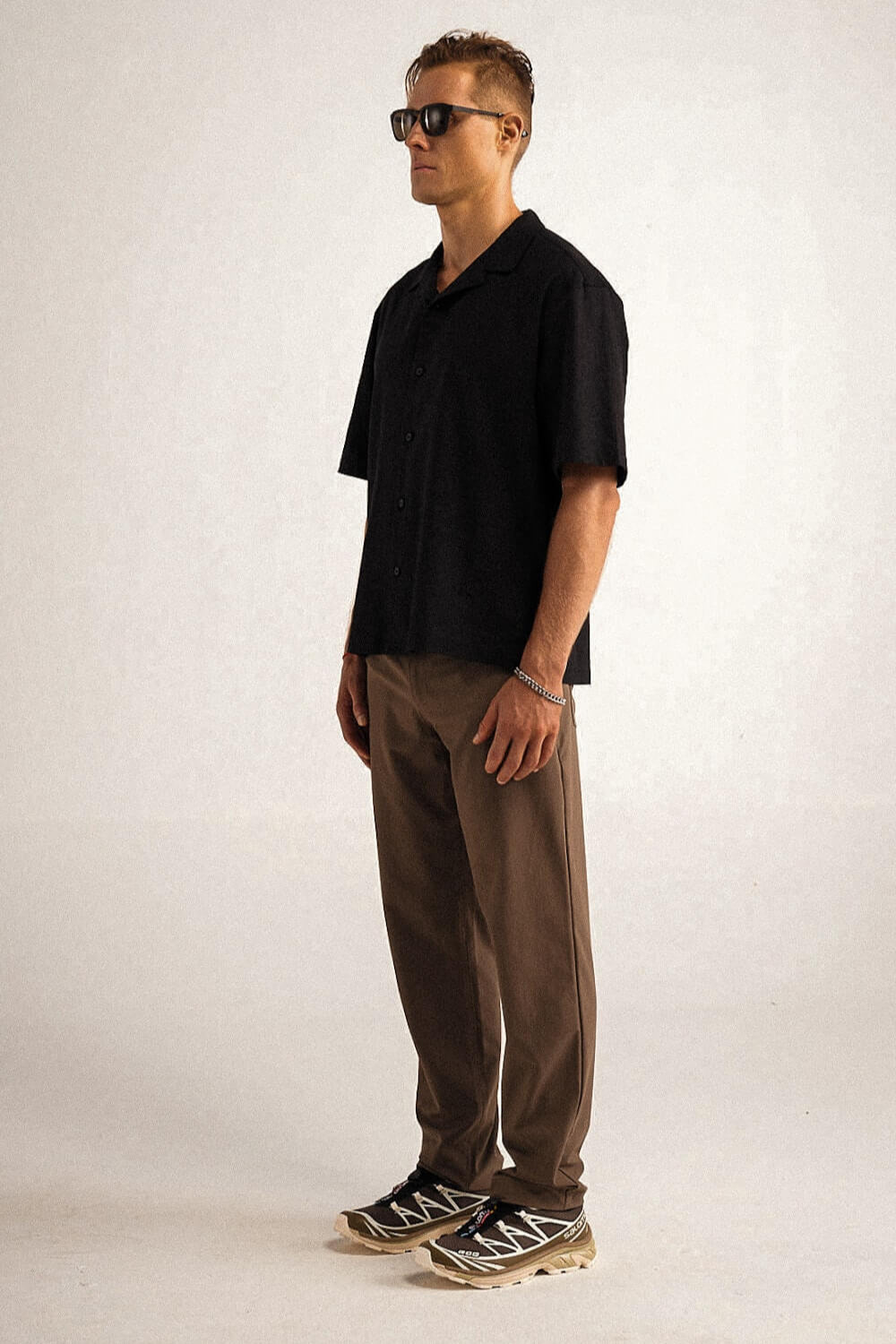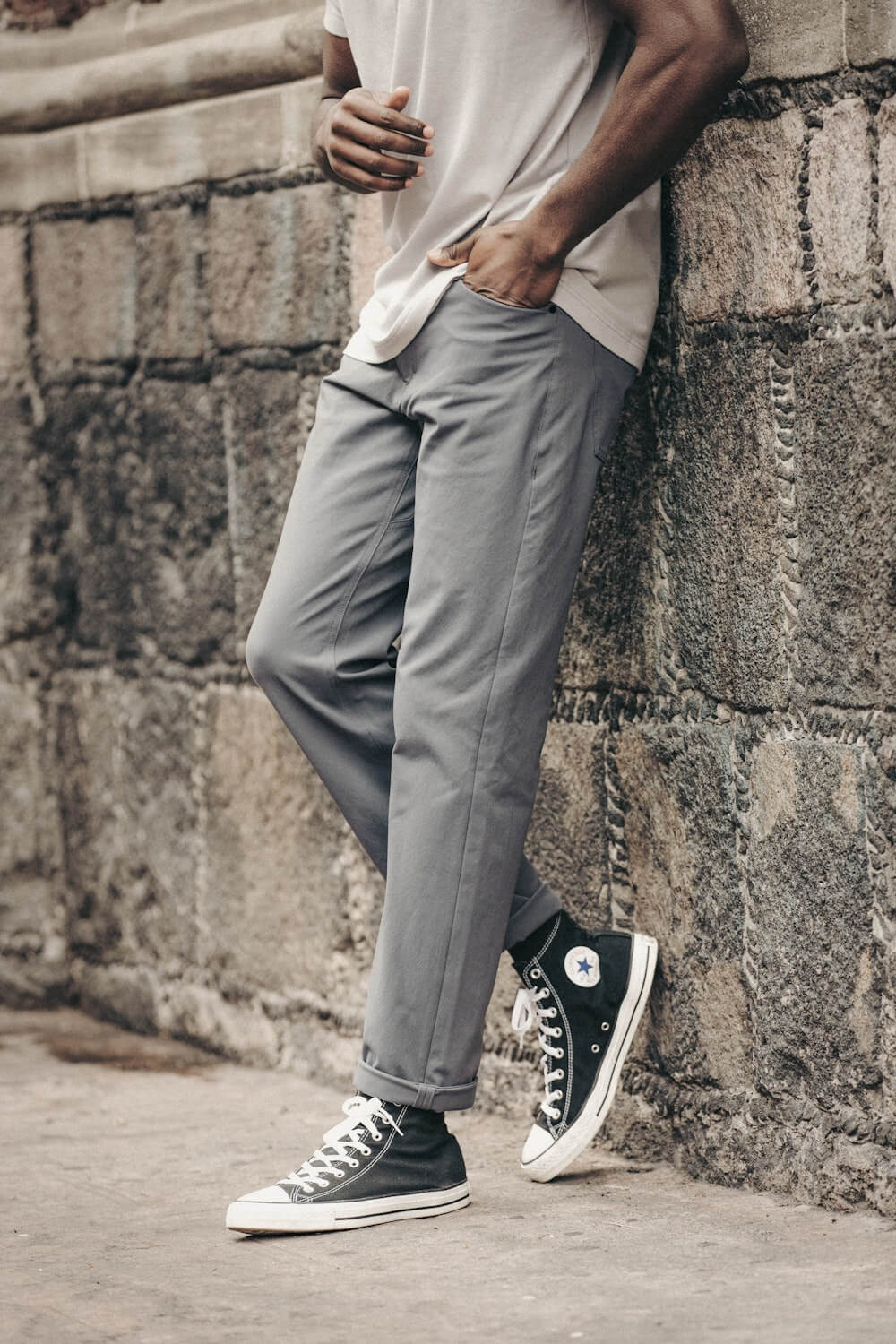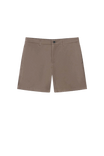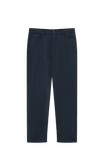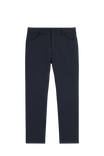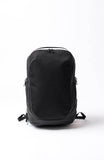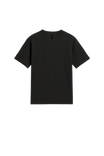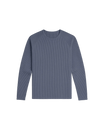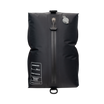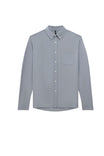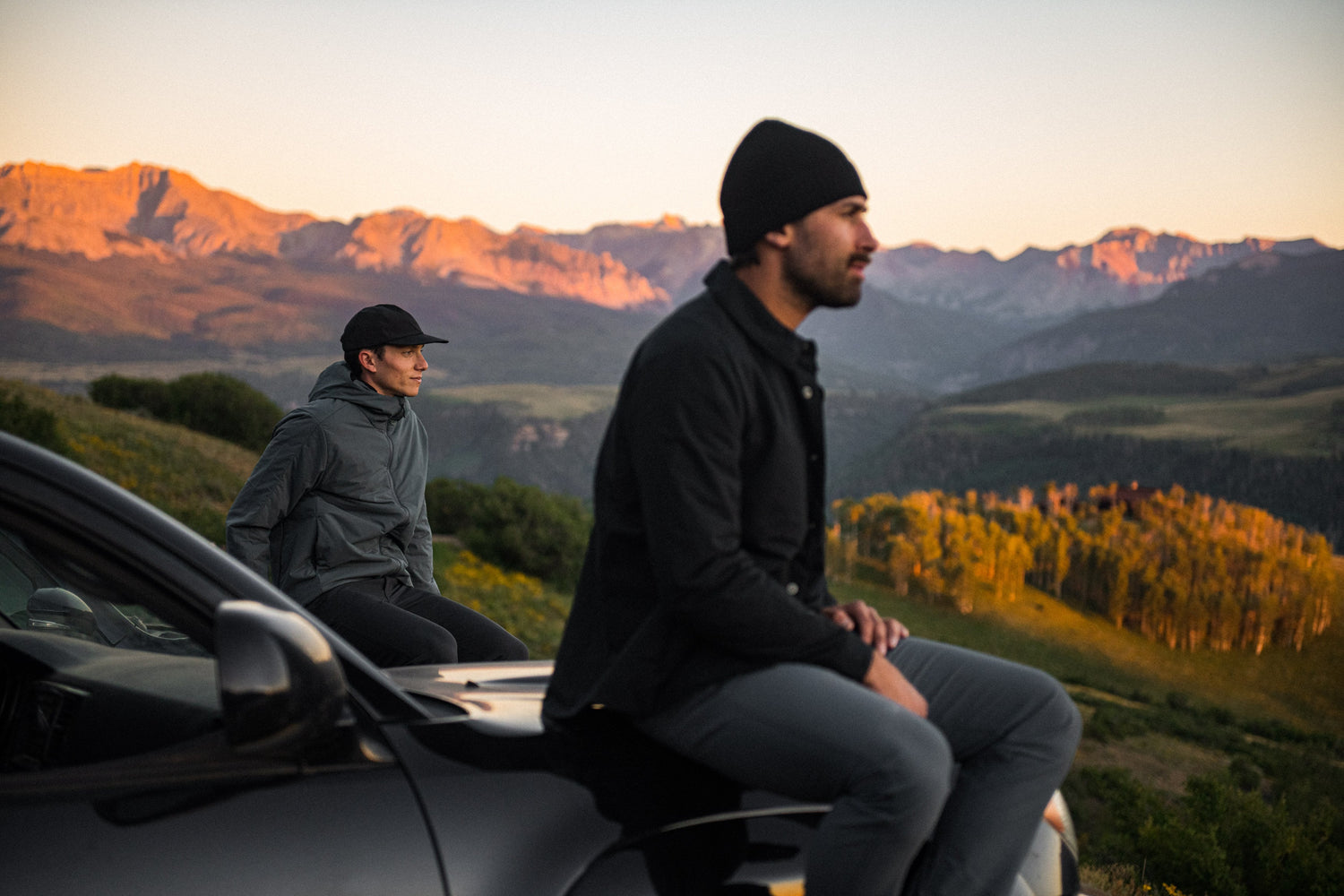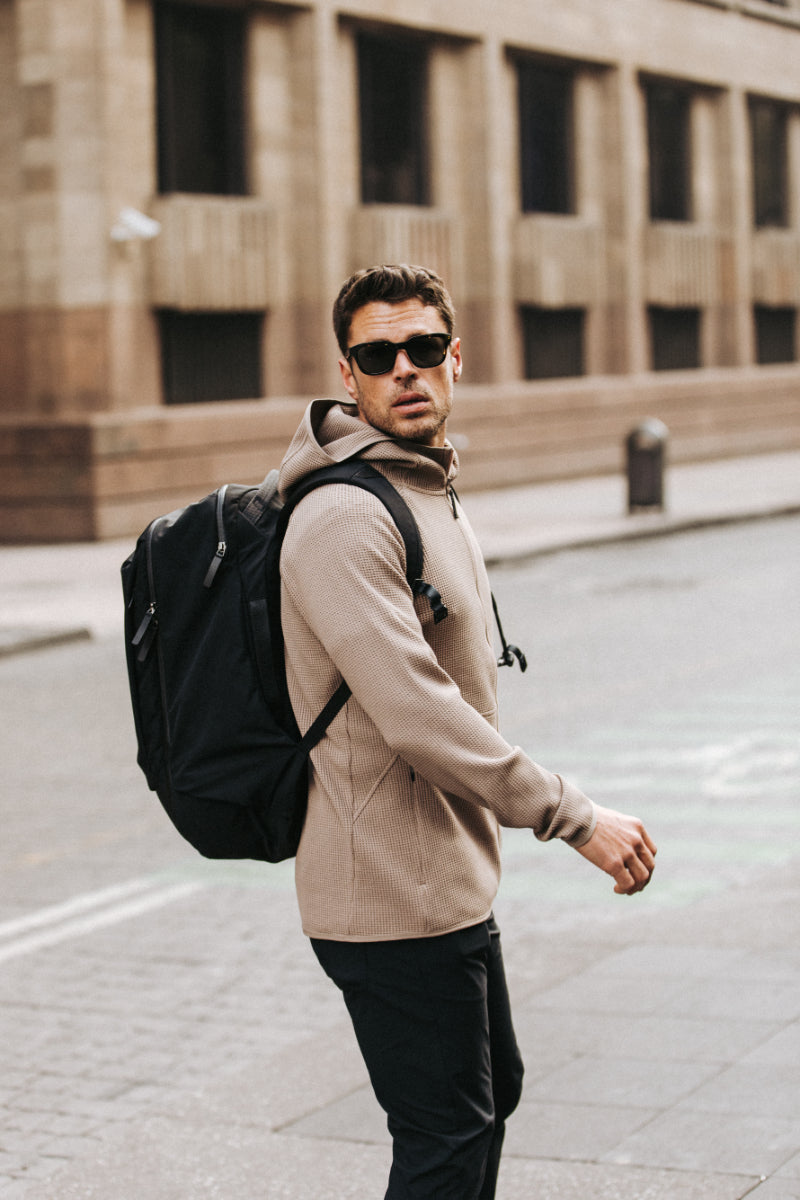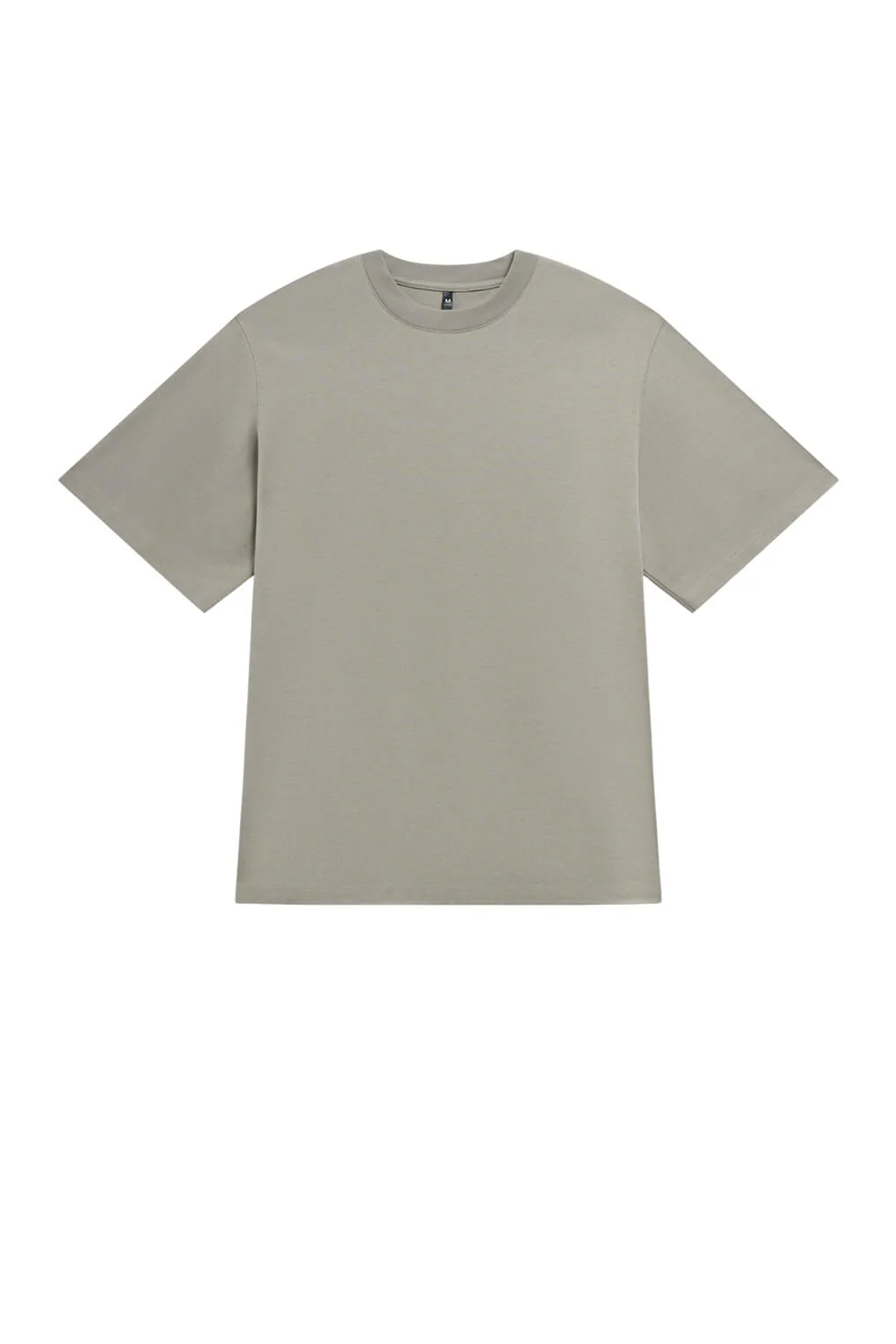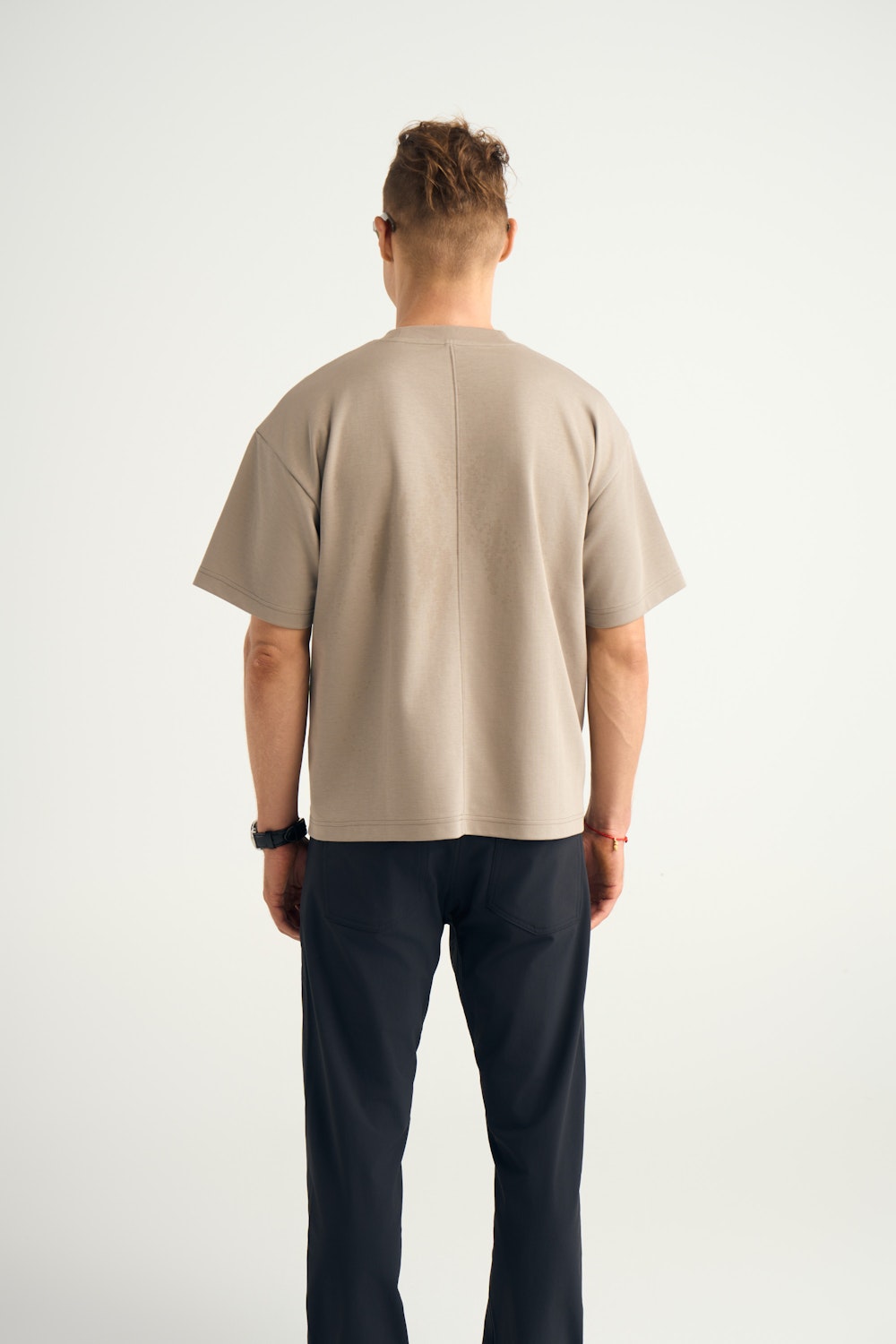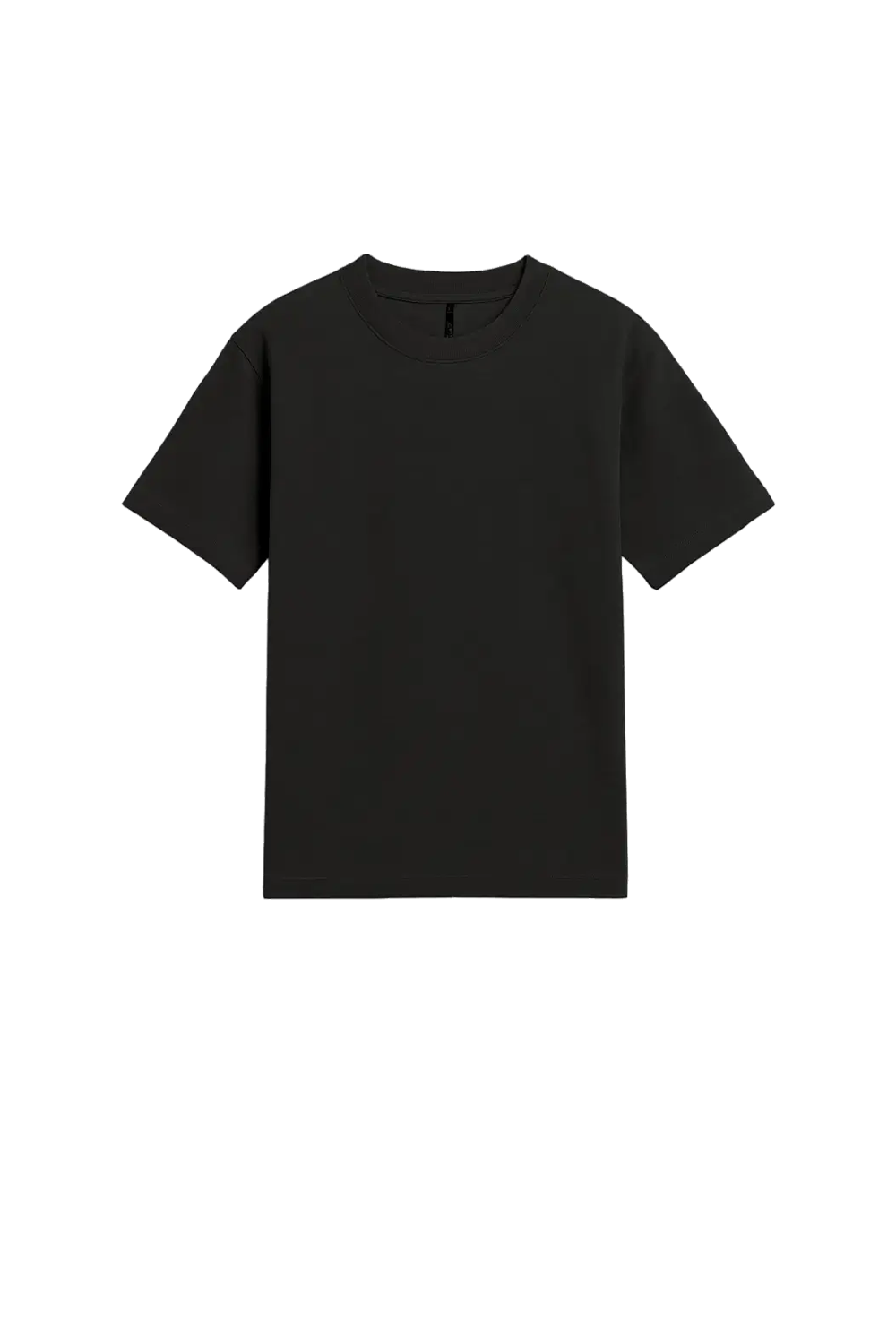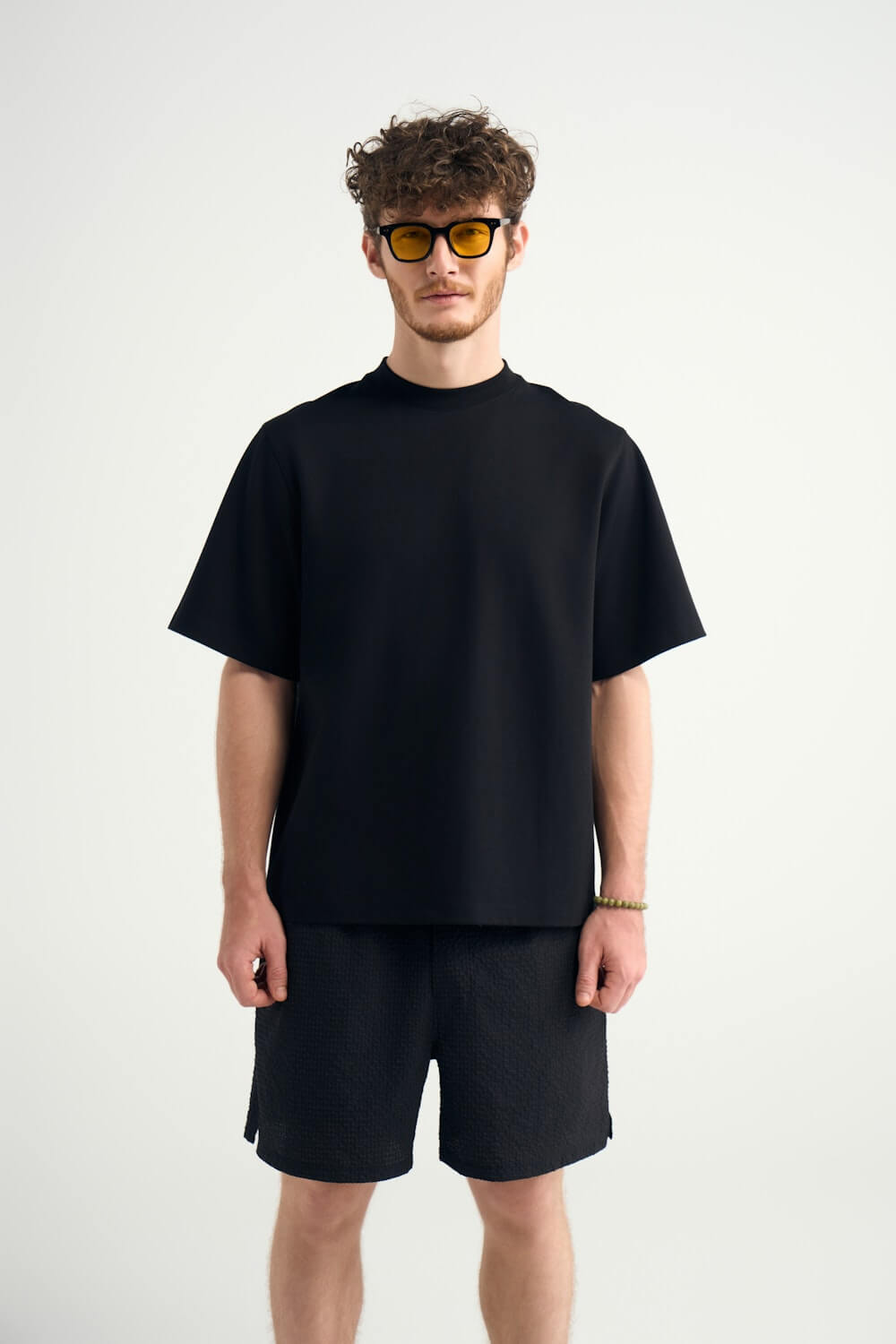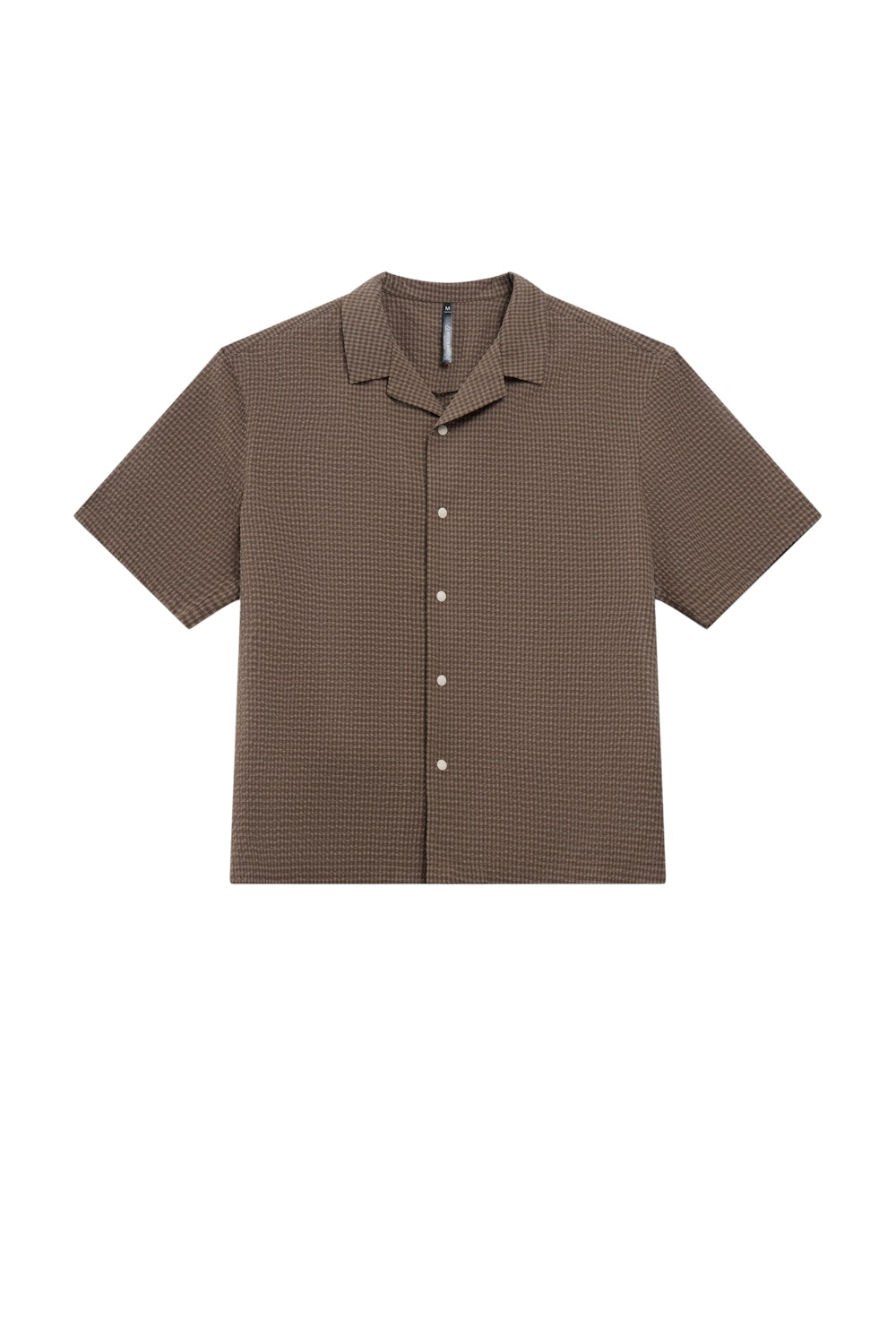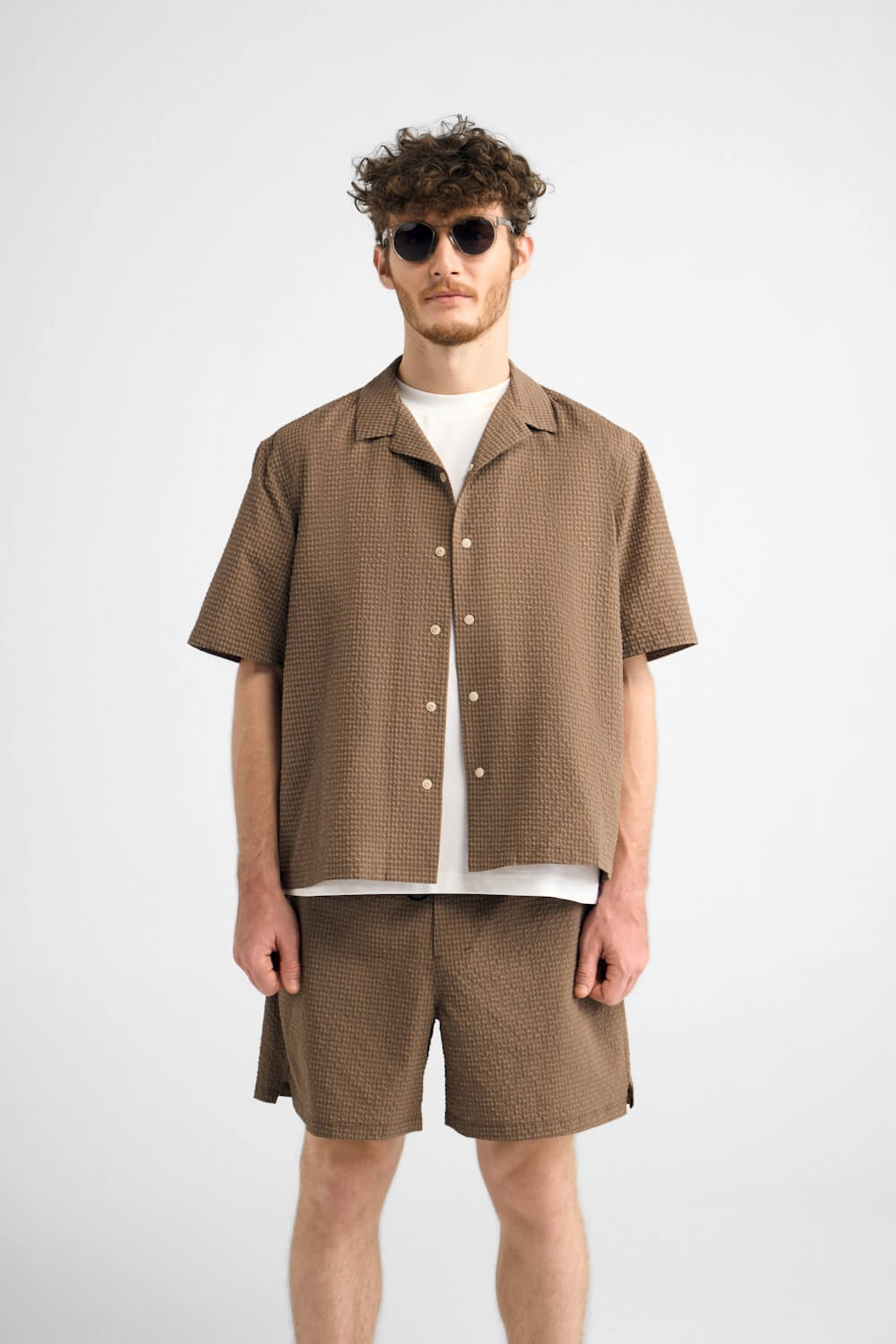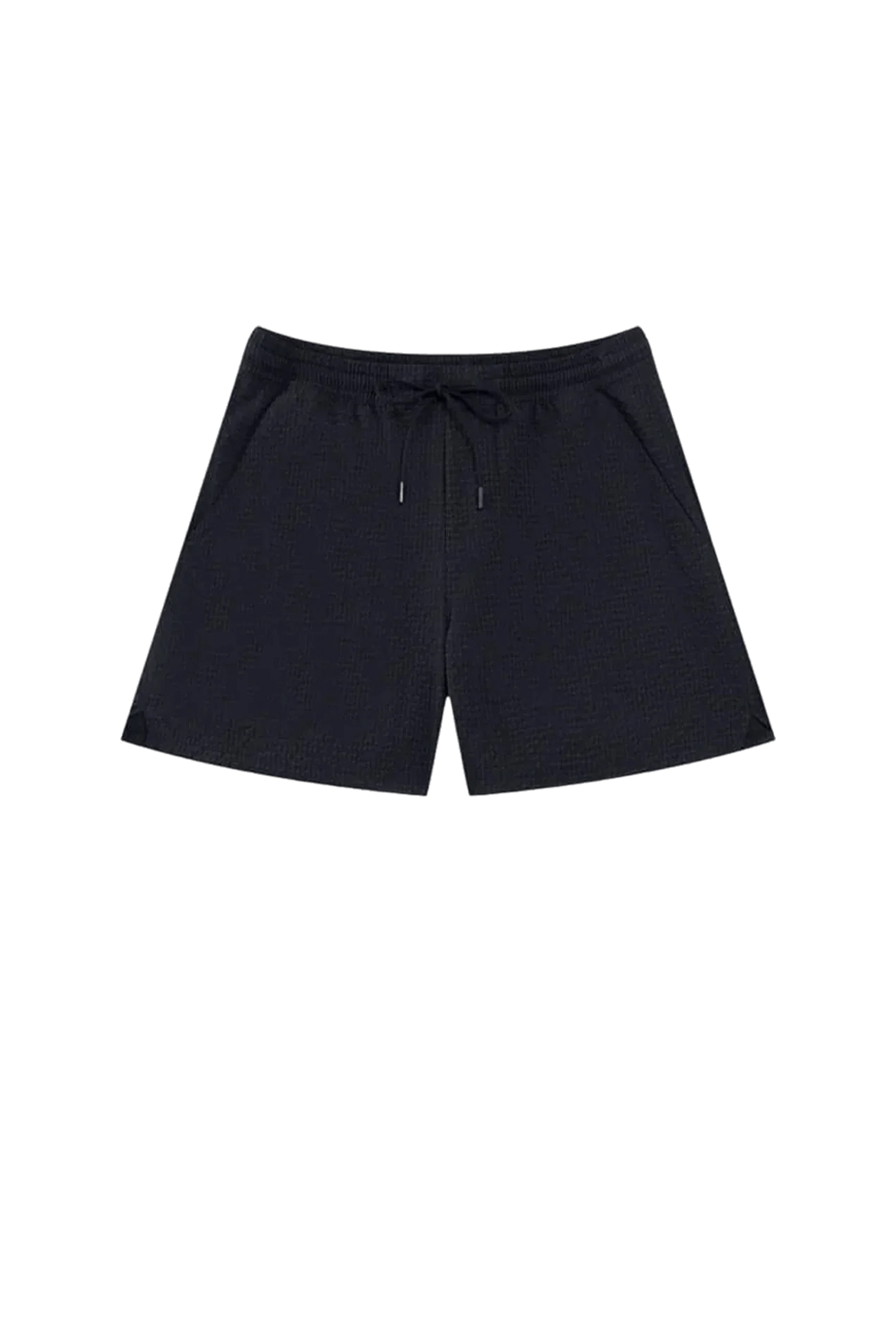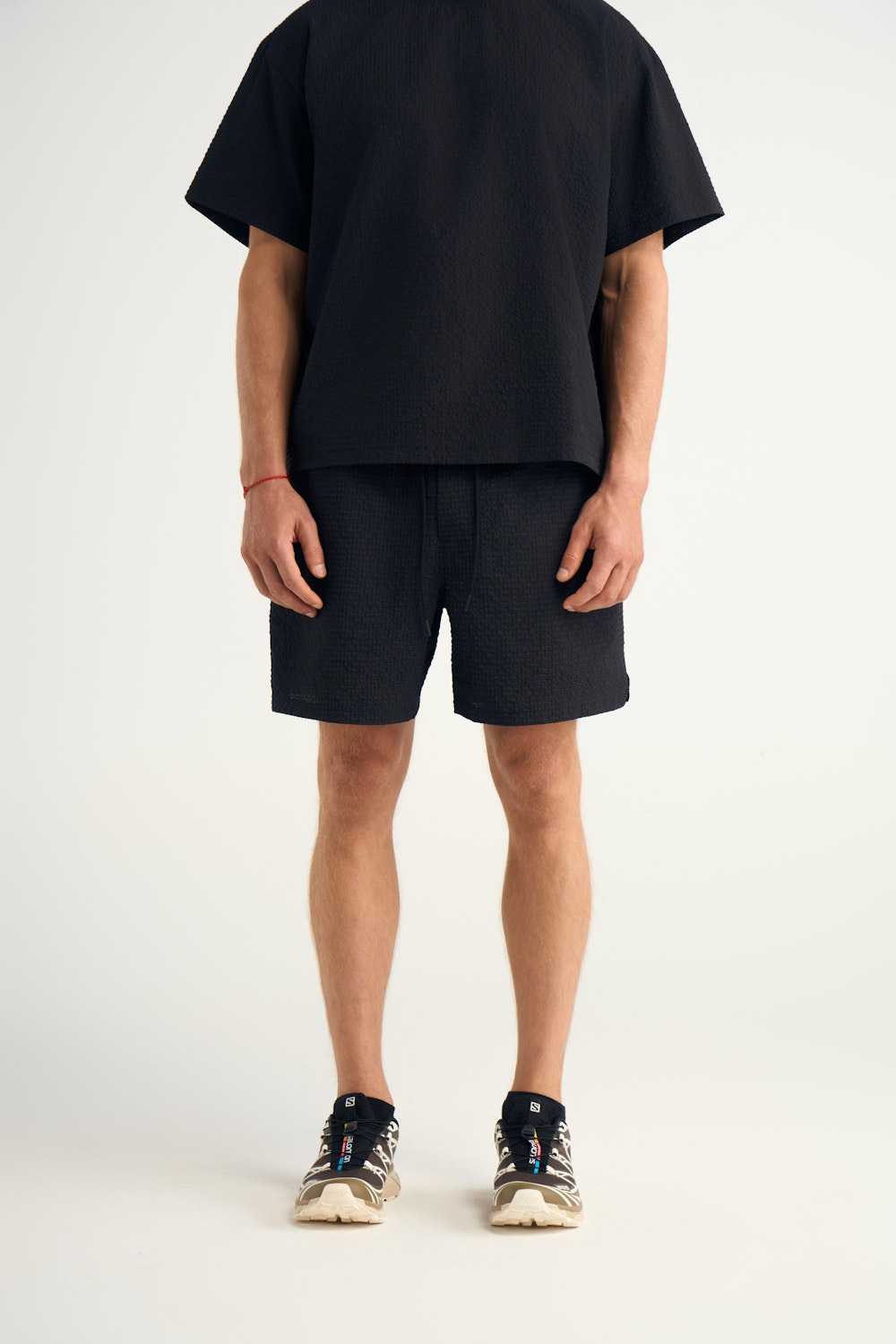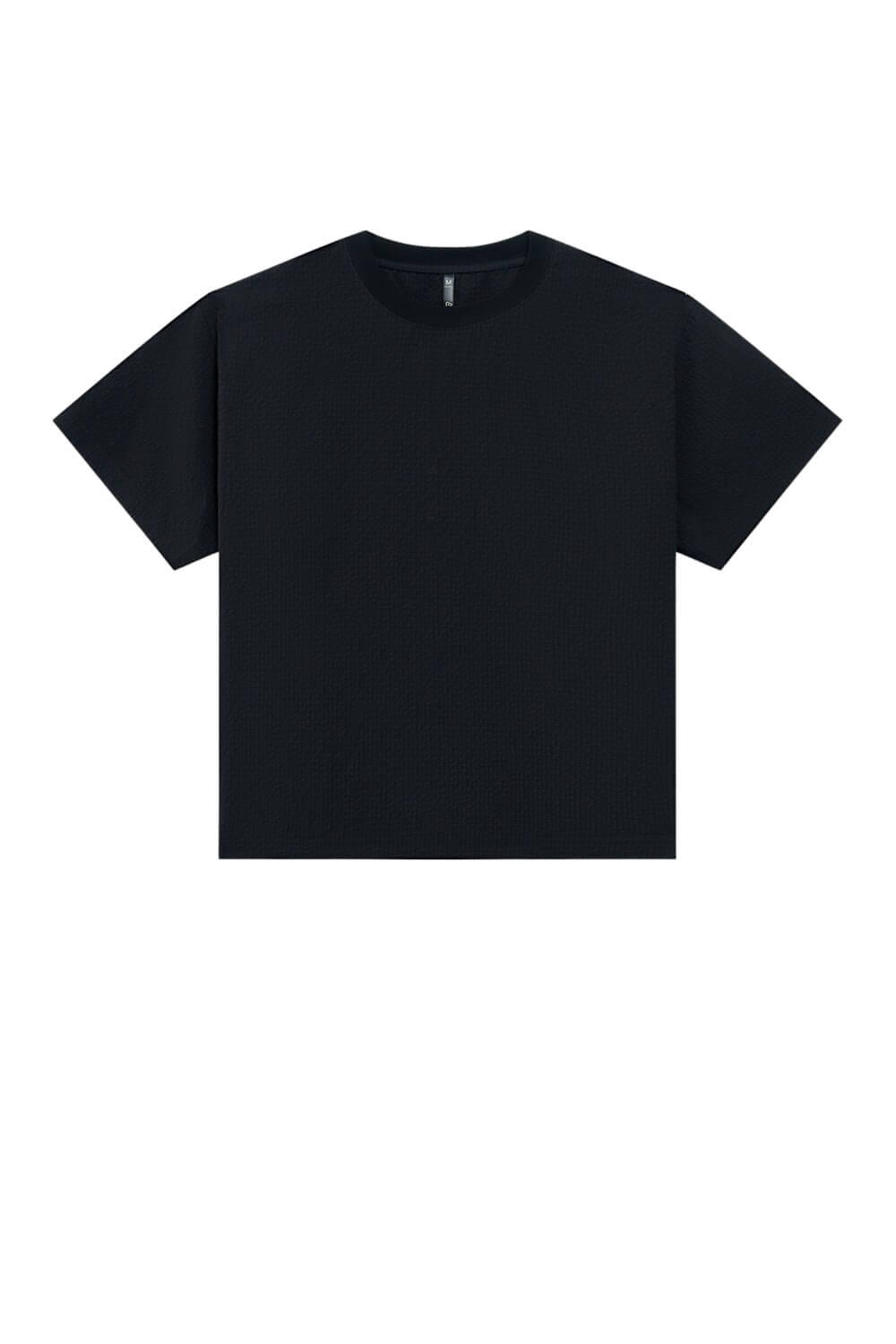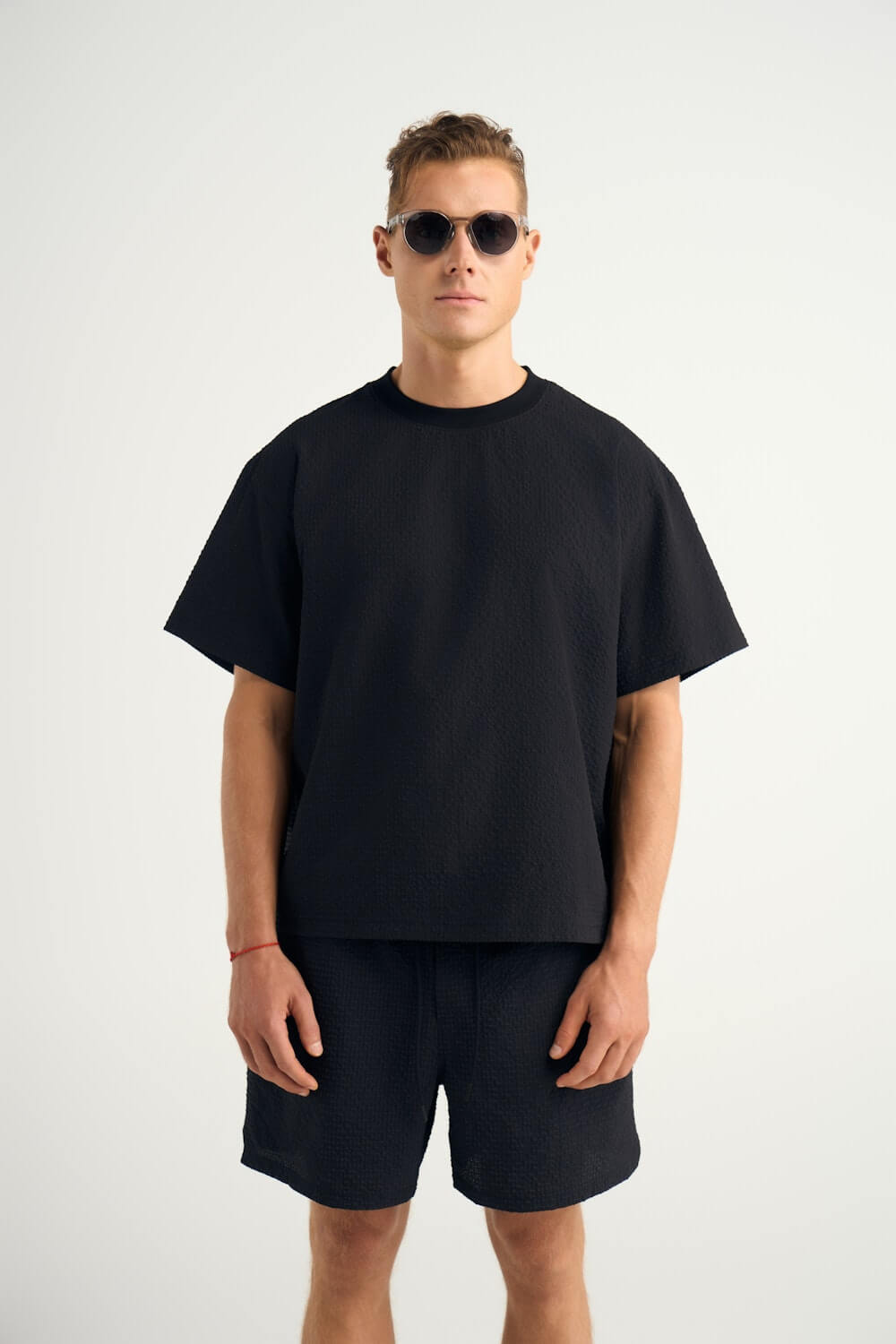Winter’s creeping in, and with it comes the familiar puzzle: how do you stay warm without feeling like you’re wrapped in your entire closet?
Good layering isn’t about piling on gear. It’s a system. A few dialed-in pieces, working together to keep you warm, dry, and moving easy from sunup to sundown. Whether you’re jet-lagged and walking through snow-covered streets in Berlin or just trying to stay comfortable on the daily dog walk, smart layers make cold weather feel less like a challenge and more like an invitation.
We break it down in this guide. Built for travelers, movers, and minimalists who want performance without the bulk. Let’s get into it.

Start With a Layering Mindset
Forget bulk. Forget just piling stuff on. Cold-weather layering is about regulating body temperature and moisture. Do it right, and you move comfortably from city streets to alpine trails without breaking a sweat (literally).
Every piece in your kit should:
- Wick moisture
- Trap heat
- Block wind/water
- Adjust fast
What Is the 3-Layer Rule for Winter?
The 3-layer rule is our winter go-to—simple but brilliant. It’s a strategy that keeps us warm and adaptable without piling on half our closet. Think of it as building blocks with clothes for cold weather. Here’s how it breaks down.
- The Base Layer: This is where we lock in warmth right next to the skin, so it’s all about fabrics that breathe and wick away moisture. Merino wool and synthetic blends are key here—they keep us warm without making us feel like a sauna. Always tuck in that base layer to trap as much heat as possible.
- The Mid Layer: Here’s where we add the warmth. Think fleece jackets, down vests, or chunky sweaters. This layer should be a cozy hug that holds heat in but still gives us the freedom to move. Fleece is a solid pick for breathability, but for those extra-cold days, nothing beats a mid-weight down or a classic wool sweater. We call it the “cocoon” layer for good reason.
- The Outer Layer: This final layer is our weather shield. A waterproof shell or insulated parka will block wind, snow, and rain, making all the difference on a freezing day. Look for outer layers with windproof and waterproof tech—bonus points if there’s an adjustable hood. We like options that are roomy enough to fit comfortably over the other layers without restricting movement.

Mastering the three-layer rule isn’t just smart, but a true winter lifesaver. With the right materials and pieces, we get warmth, protection, and style that’ll see us through the chilliest days, making how to dress for cold weather both practical and stylish. Now that we know the basics, let’s dive into each layer in detail.
Base Layer: Locking in Warmth from the Start
This is where it all starts. Your base layer should hug the body and pull moisture off your skin. Because sweat in winter is a silent killer. It needs to be close-fitting and moisture-wicking, trapping heat while letting moisture escape.
- Material: Look for moisture-wicking fabrics like merino wool or technical synthetics. Merino is great for natural insulation and breathability, while polyester blends provide durability and stretch. Avoid pure cotton, as it holds onto moisture, which can quickly make you colder. Enter X Cotton, our elevated cotton blend built for movement. It’s a heavyweight jersey knit that dries fast, wicks moisture, stretches with you, and resists odor thanks to Polygiene® silver ion technology.
- Recommendation: Choose a snug, comfortable fit that allows for easy layering. Always tuck in your base layer to help trap heat and keep cold drafts out.
- Items: Merino Wool Tee or LocationX Tee from blended cotton are a perfect option. It’s soft, regulates temperature, and resists odor. For extra warmth on truly cold days, go for the Cotton Long Sleeve Tees (from our X Cotton fabric) or Merino Long Sleeve Tee. If you're dressing for the city or need a polished base, the Merino Wool Shirt offers temperature regulation with a tailored edge. Its collar layers cleanly under a sweater or jacket for a sharp, intentional look.
With this base in place, you’re ready for the middle layer of winter clothing, which adds essential warmth and works in tandem with our base for comfort all day long.
Middle Layers: Insulating with Comfort and Style
The middle layer is where we add the warmth. Positioned between our base and outer layers, this layer’s job is to trap body heat and breathe, keeping us comfortable without overheating, and providing insulation between your base layer (which wicks away moisture) and your outer layer (which protects against wind, rain, and snow). Here’s how we build this crucial layer with just the right balance.
- Material: Look for materials that insulate well without adding bulk. Wool is a classic choice, providing warmth and breathability, while fleece is a versatile, lightweight option that traps heat. For a softer, luxe option, cashmere works wonders. The goal is fabrics that keep warmth close and layer seamlessly.
- Recommendation: Aim for a slightly loose fit, because this helps trap warm air and makes layering easier. For milder days, a tech-face hoodie works well, as it’s light but effective in retaining warmth.
- Items: Sweaters, hoodies, and light jackets are essentials here. Crafted from Venture Waffle Fabric, the sweater, hoodie, and zip hoodie offer a dialed-in blend of thermal insulation, stretch, and breathability. The unique waffle-knit structure improves airflow and moisture wicking while keeping bulk to a minimum. It’s soft against the skin, dries fast, resists odor, and holds its shape day after day.
With the middle layer set, it’s time to seal it all in with an outer layer—our defense against winter’s elements, designed to protect and insulate for all-day comfort.
Outer Layer: Your Shield Against Winter’s Worst
The third layer, or outer layer, is all about protection. This layer acts as a shield, keeping out wind, rain, and snow, and sealing in the warmth from the layers beneath. When winter steps up its game, a dependable outer layer becomes essential.
- Material: Choose a durable, windproof, and waterproof material. Look for high-performance options like Gore-Tex or technical shells that block cold air and prevent heat loss. Breathability is just as important as protection. If your shell traps sweat, it’ll chill you fast. Even in biting winds, a solid outer layer will keep warmth locked in while guarding you from the elements.
- Recommendation: For especially cold days, bibs provide extra coverage over pants, minimizing heat loss by covering more of the body. Alternatively, a well-insulated parka or a shell with wind-blocking capabilities offers thorough protection from the neck down.
- Items: Essential outer-layer pieces include puffer jackets, windproof shells, and insulated parkas. For milder cold or more versatile wear, a puffer shirt jacket is an ideal choice. It provides warmth and wind protection in a streamlined design. For harsher winter conditions, a puffer hooded jacket is a solid pick. Its hood and added insulation offer extra coverage against low temps and windy days.

With the outer layer in place, your three-layer system is complete, giving you warmth, protection, and adaptability to take on winter, whether it’s just a light frost or a serious snowstorm.
Bottom Layers: The Often-Overlooked Key to Staying Warm
When it comes to layering for winter, don’t overlook the bottom half. Keeping your legs warm is just as essential as bundling up on top. While the classic 3-layer rule often focuses on the upper body, it applies to the lower half as well. From thermal leggings to insulated pants, layering your legs provides the full-body warmth you need to take on the cold without compromise.
- Leggings or Tights: A base layer of leggings or tights should be both warm and breathable. Fleece-lined or merino wool options are ideal—they trap heat while wicking moisture, perfect for long days outside. Merino wool is a bit of a superstar here, offering softness and natural odor resistance, so you can stay comfortable all day.
- Outer Pants: On top of those cozy leggings, a pair of durable, weather-resistant pants makes all the difference. For cold but dry days, Evolution Pant is a versatile, lightweight option; it’s breathable yet insulating, with stretch that moves as you do. When conditions get truly chilly, the Diversion Pant is your go-to choice, thanks to its heavier fabric, excellent warmth, and water-resistant finish—perfect for battling both wind and cold.
With a bottom layering system that’s flexible and tailored to the day’s demands, you’re set from the ground up, ready to take on winter with warmth, comfort, and style.
Essentials for Head-to-Toe Cold-Weather Protection
No winter layering system is complete without the right accessories—those final pieces that bring warmth and style to the finishing touches. While layers on your body keep the core warm, it’s the accessories that really lock in that heat and shield you from biting cold.
- Socks: Cold feet are no friend in winter, and good socks are non-negotiable. Opt for wool or wool-blend socks that provide insulation without trapping moisture. Merino Wool Socks are a solid choice, offering temperature regulation and breathability that make them perfect for layering under boots or even sneakers on chilly days. Always carry a dry spare pair.
- Hats and Beanies: A good winter hat is essential to minimize heat loss from the head. Look for materials like merino wool or fleece that are soft, warm, and naturally moisture-wicking. Merino Wool Beanie is a perfect example, combining warmth with lightweight breathability.

- Scarves and Gaiters: Protecting your neck is crucial when the temperature drops. Scarves in wool or cashmere are soft, insulating, and can add a stylish touch to any outfit. If you’re aiming for function with minimal bulk, a Merino wool neck gaiter can trap warmth effectively, especially when worn under a coat collar.
- Gloves and Mittens: Insulated gloves or mittens are essential for keeping hands toasty. Look for wind-resistant materials with thermal linings for better insulation. For an adaptable choice, consider fleece-lined gloves with touchscreen compatibility, so you can stay connected without freezing your fingers.
With these accessories, you’re ready to tackle winter’s chill from all angles, maintaining both style and warmth no matter where the season takes you.
Pro Tips for Perfecting Your Winter Layering Strategy
To wrap it all up, layering for cold weather is a dance between staying warm, moving light, and keeping dry. A few refined tactics make the whole system work smarter.
Fit and Comfort
Start with a close-fitting base, layer on something looser to trap heat, then top it with a protective shell that leaves you room to move. Each layer should feel like it belongs with no bunching, no binding.
Adapt Layers to the Day
Day Temperatures rise and drop. Whether you're catching flights or climbing hills, zippered and removable layers let you react fast. Pack light, but pack smart. Your outfit should adjust as smoothly as your plans.
Adapt Layers to Activity
It’s key to remember that your layering strategy changes based on what you're doing. For those of us who are outside for long, stationary periods (think winter camping or spectating), thicker layers and added insulation are a must. But if you're moving or hiking, thinner layers with easy-to-use zippers and vents help regulate body heat without overheating.
Manage Moisture
Staying dry is staying warm. That means venting before you're sweaty, swapping damp layers if needed, and understanding that sweat is your biggest enemy in the cold.
"Comfortably Cold" Principle
Don’t chase warmth the moment you step out. Let movement generate heat. If you’re cozy before you move, you’re overdressed. Comfortably cold is the target. Especially helpful when you're on a hike, dashing through a city, or dragging a suitcase through a crowded terminal.
Tailor to Your Climate
Dry alpine cold needs different gear than wet urban chill. Knowing the difference means packing with intention, not just instinct.
Stay Nimble, Stay Warm
Layering gives you the freedom to adapt. Shed heat on the move, bundle up on the descent, and transition from street to summit without skipping a beat.

Mastering how to layer for cold weather is all about balancing warmth, comfort, and style. With a smart approach to the base, middle, and outer layers, you can stay cozy and confident, no matter the chill. Whether braving city streets or venturing outdoors, layering right makes winter feel like an adventure worth embracing.

